DIE SCHLAFENDEN: A PERFORMANCE HIGHLY-CHARGED WITH EMOTION AT TONHOF IN MARIA SAAL – KAWABATA ACCORDING TO CRISAFULLI AND STAUDINGER
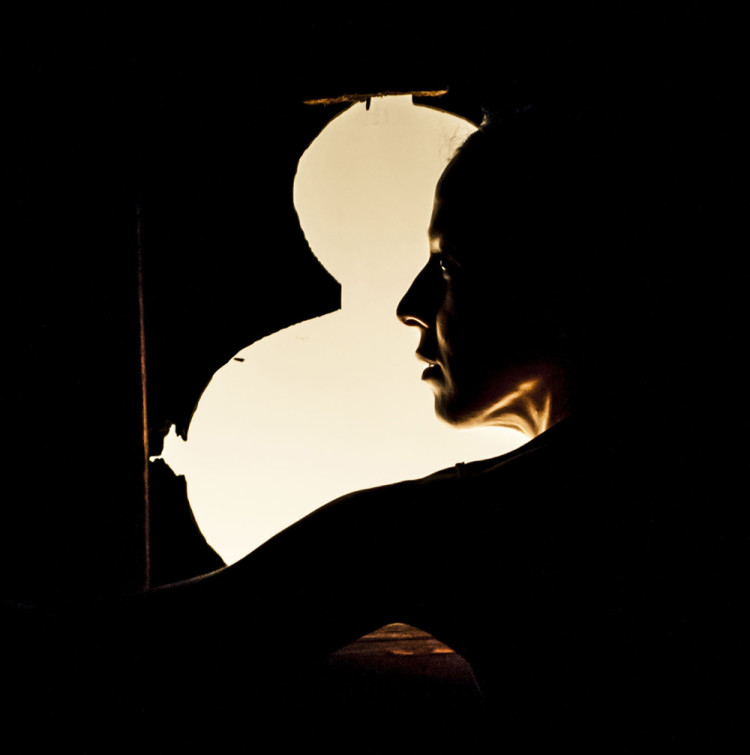
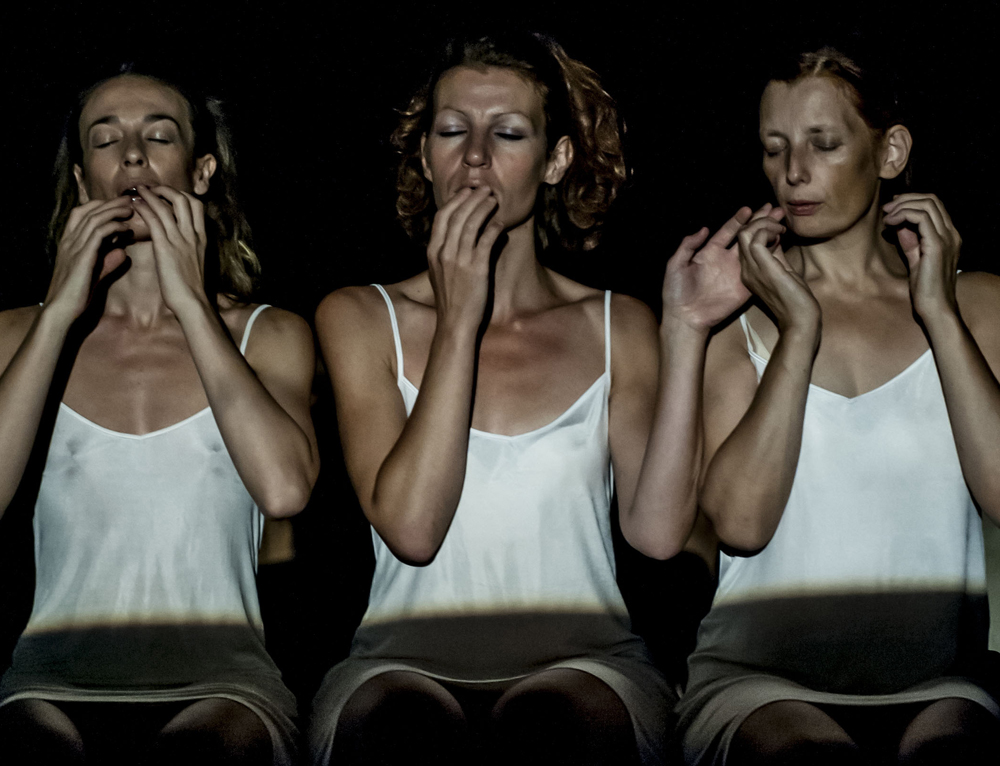
Die Schlafenden: a performance highly-charged with emotion at Tonhof in Maria Saal
Kawabata according to Crisafulli and Staudinger
by Silvia Tarquini
The House of the Sleeping Beauties by Yasunari Kawabata is a story about eroticism, or to put it better, what eroticism is when there is no sex – which is the theme dealt with by the book, whereby elderly impotent men can spend the night in a secret house with naked young female virgins who have been put to sleep with a sleeping draught administered by an enigmatic madam. It is strictly prohibited for the old men to try to waken the girls, but they can explore their body, its beauty, subtle movements and breathing from close by. Therefore, this is a story about what’s happening in the men’s inner being in that particular situation, and also the infinite extension of sex, beyond the sexual act itself, in terms of desire, temptation, drive, feelings, memories, fantasies and fleeting contact.
It’s a situation that contradicts current trends when dealing with sex, whereby everything is focused on showing everything off, attracting attention, and on the sexual act itself. In this respect Kawabata’s book is, in some way, an anti-pornographic book, and embarks on a journey that meanders through the soul of the elderly visitor, tracing sex back to its deep-rooted connection with the mysteries of existence and death. Fabrizio Crisafulli, who already dedicated a production to this book almost twenty years ago, in conjunction with Daria Deflorian, stated that the novel is a type of theatrical metaphor – a situation in which, on the basis of an established agreement, the voyeur watches something without being seen, and is deeply engrossed in it.
Die Schlafenden, first presented at Tonhof in Maria Saal in Austria, in August of this year, is a production that draws inspiration from Kawabata’s novel, without reproducing it literally and without relating the events, which, according to the director “are only a pretext and a device” for saying important things about existence. This is a very different attitude compared with that which inspired Vadim Glowna’s film for example, which came out in 2006 and was limited to telling the story narrated in the book, lingering over aspects that mainly seemed to concern unhealthy attachment.
Crisafulli’s production, staged by the company Il Pudore Bene in Vista, with the support of the KE theatre in Klagenfurt and Kulturverein Tonhof, which had the collaboration of the writer Andreas Staudinger for the dramaturgy, develops various themes in the book without narrating it. The old men aren’t on stage; there is the madam of the house doubling up as two female characters who seem to epitomise different souls of the same person (Angie Mautz and Simona Lisi), and there are three ‘sleeping beauties’ (Maria Cristina Nicoli, Sigrid Elisa Pliessnig and Lucrezia Valeria Scardigno). In this scenario the audience takes on the role of the voyeur, and only women are present on set belonging to two opposite spheres: power and sacrifice. Both madams move in line with this duality and speak clearly in full light, often directly to, and facing, the audience, whereas the ‘sleeping’ beauties wander around in semi-darkness in the background, performing actions related to the old men’s memories and fantasies, or the conditions of submission with respect to the madam. In the performance these three figures are tied to pure performative action and have a mainly non-speaking role, though they have a greater relationship with other artistic tools Crisafulli uses, such as light/darkness and sound. In contrast to the actions of the two madams, they relate to one of the most important dimensions of the artist’s theatre, the hypnotic, mysterious dimension, full of suspense, which in this case combines with the subject of sleep and dreams. Through their actions, the performance puts us into a nocturnal situation and guides us through solemn, distressing poetic visions, also supported by sound, which constructs a texture made of echoes and amplification. The madams’ speeches, which are taken from the book and assembled from fragments, combine with the actors’ movements and the dynamics of the light and sound.
Another generative aspect of the performance, in addition to the book, is the site where the work was created and presented, as is typical with Crisafulli: the barn at Tonhof, an aristocratic house, which was the historical location of the literary avant-guard and Austrian artists from after the Second World War onwards, where the musician Gerhard Lampersberger and his wife Maya provided hospitality as patrons of the arts to writers such as Thomas Bernhard, Peter Turrini and many more, and which continues to be a residence for artists to this day. It was in this barn that Bernhard presented his first theatrical pieces to the public. Tonhof is a house full of mystery which, with the eccentricity of its hosts and guests, has fed the imagination of the place’s inhabitants. Peter Handke, who stayed in a famous boarding school in the hills opposite, said that the local youngsters who watched the building called it the ‘house of sin’. This air of mystery had a hidden influence on the production, which deals with another alleged house of sin. “Staying in that house full of memories and unresolved mysteries in the relationships between the people who lived there, sleeping in Bernhard’s room with all his things around and the famous armchair which featured in the Holzfällen novel/scandal, where the author describes the behaviour of the Lampersberger couple and their guests in fairly unflattering terms, who he observed from that armchair in the semi-darkness, definitely had an influence on the sense of enigma in the relationship between the internal environment, people, objects and actions that seep through the performance” stated Crisafulli.
The physicality of the location also influenced the work – the wooden barn and the surrounding vegetation with its noise from the wind and the animals. The wood and its sound structure the audio constructed by Andrea Salvadori magnificently, along with the neighing of the horses and whining from dogs in the vicinity. The inside of the barn has a closed feeling, though it’s also exactly like the house in Kawabata’s book, whereby the sounds penetrate from outside, unexpectedly invading the interior. Here we have the full mastery of Crisafulli’s ‘theatre of places’, his ability to work with the situation as is, which is transformed in relation to the subject dealt with.
What’s also amazing in this work is how an Austrian barn is transformed into a ‘Japanese’ interior, without the help of any objects, ornaments or stylistic ploys, just by balancing space, actions and light, which also comes from outside and is filtered by the windows and cracks in the wood.
These elements constitute an assembly of matrices and reasons which, by moving and connecting together, produce a circle of energy in the performance which can clearly be traced back to the book, which profound content and feelings echo, but also detach from, through the strength of a completely new production communicated with a contemporary theatrical vision. This work has what it takes to make a profound and lasting impact, and it’s easy to understand the depth and enthusiasm of the public’s reaction, and almost disbelief that such emotional force can still be unhinged by the theatre.
Die Schlafenden
Concept: Fabrizio Crisafulli, Andreas Staudinger
Direction: Fabrizio Crisafulli
Dramaturgy: Andreas Staudinger
with: Simona Lisi, Angie Mautz, Maria Cristina Nicoli, Sigrid Elisa Pliessnig, Lucrezia Valeria Scardigno
Set and lighting design: Fabrizio Crisafulli
Original music and sound: Andrea Salvadori
Technical production: Gottfried Lehner, Stefan Schweiger
‘Dramaturg’ from KE Theater: Maja Schlatte
Set photography: Lidia Crisafulli
Production: Il Pudore Bene in Vista, KE Theater, Kulturverein Tonhof
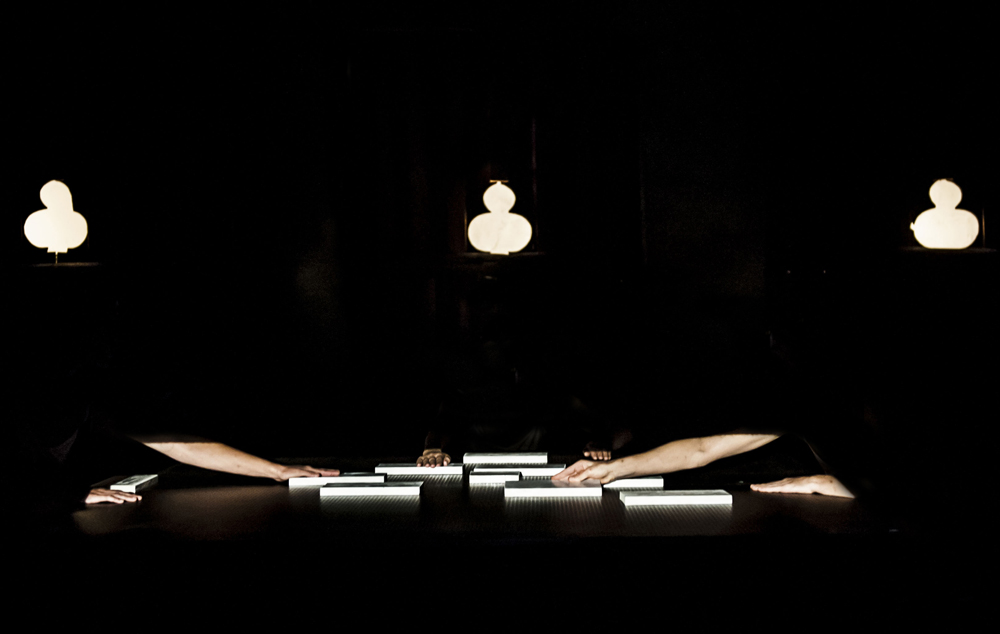
Die Schlafenden: spettacolo di forti emozioni alla Tonhof di Maria Saal
Kawabata secondo Crisafulli e Staudinger
di Silvia Tarquini
La casa delle belle addormentate di Yasunari Kawabata è un romanzo sull’eros. O, meglio, su quello che è l’eros quando manca il sesso: evenienza che si verifica nella vicenda raccontata dal libro, che è quella di una segreta casa d’appuntamenti, dove anziani uomini ormai impotenti possono passare la notte accanto a giovani vergini nude, addormentate forzatamente con un sonnifero da un’enigmatica maîtresse. Per precisa regola, il vecchio non può tentare di svegliare la ragazza, ma può esplorarne da vicino il corpo, la sua bellezza, i piccoli movimenti, i respiri. È quindi un romanzo su quello che accade nell’interiorità dell’anziano avventore in quella situazione particolare, e, allo stesso tempo, sull’infinita estensione del sesso, al di qua dell’atto sessuale, in termini di desiderio, tentazioni, pulsioni, sentimenti, ricordi, immaginazione, fuggevoli contatti.
E’ una situazione opposta a quanto viene proposto dalla società attuale, che, quando si occupa di sesso, concentra tutta l’attenzione sull’evidenza, il mostrare, l’attirare, e sull’atto sessuale in sé. Quello di Kawabata è, in questo senso, un libro anti-pornografico. Che, nel suo viaggio nei meandri dell’animo dell’anziano visitatore, riconduce il sesso ai suoi legami profondi con i misteri dell’esistenza e della morte. Ed è anche, come afferma Fabrizio Crisafulli, che a questo stesso romanzo aveva già dedicato uno spettacolo quasi vent’anni fa, in collaborazione con Daria Deflorian, una sorta di metafora del teatro: è una situazione nella quale un “voyeur”, sulla base di un patto stabilito, osserva, non visto, uno “spettacolo” dal quale è profondamente coinvolto.
Die Schlafenden, presentato in prima alla Tonhof di Maria Saal, in Austria, nell’agosto scorso, è uno spettacolo che trae ispirazione dal romanzo di Kawabata, senza trasporlo letteralmente e senza raccontarne le vicende, che, secondo il regista, “sono solo un pretesto e un dispositivo” per dire cose significative sull’essere. È un atteggiamento molto diverso da quello che ha animato, ad esempio, il film di Vadim Glowna, uscito nel 2006, il quale si limitava sostanzialmente a raccontare la storia narrata nel libro, soffermandosi su aspetti che sembrano avere a che fare principalmente con la morbosità.
Lo spettacolo diretto da Crisafulli, prodotto dalla compagnia Il Pudore Bene in Vista col sostegno del teatro KE di Klagenfurt e di Kulturverein Tonhof, e al quale ha collaborato per la drammaturgia lo scrittore Andreas Staudinger, sviluppa alcune tematiche del romanzo, senza raccontarlo. In scena non c’è il vecchio avventore, ma solo la figura della maîtresse, raddoppiata in due personaggi femminili diversi tra loro, che sembrano incarnare le differenti anime di una stessa persona (Angie Mautz e Simona Lisi) e da tre “belle addormentate” (Maria Cristina Nicoli, Sigrid Elisa Pliessnig e Lucrezia Valeria Scardigno). Il ruolo del “voyeur” viene in questo modo impersonato dal pubblico, e le presenze in scena sono solo femminili, ed appartengono a due sfere opposte: quella del potere e quella del sacrificio. Coerentemente con questa dualità, le due maîtresse si muovono e parlano in piena luce, evidenti, spesso frontali e dirette rispetto al pubblico, mentre le “addormentate” si aggirano in secondo piano, nella penombra, svolgendo azioni legate alle memorie e alle fantasie del “vecchio” o allo stato di sottomissione rispetto alla padrona di casa. Queste tre figure, legate alla pura azione performativa, prive per lo più della parola, ma in maggior rapporto con altri strumenti del linguaggio di Crisafulli, quali la luce-buio e il suono, realizzano nello spettacolo, in contrappunto alle azioni delle due maîtresse, una delle dimensioni più importanti del teatro dell’artista, la sfera ipnotica, misteriosa, sospesa, che qui si sposa con il tema del sonno e del sogno. Attraverso le loro azioni, la performance ci immette in una situazione notturna e ci conduce in visioni ieratiche, angoscianti, poetiche, sostenute anche dal suono, il quale costruisce una tessitura fatta di echi e amplificazioni. I testi affidati alle due maîtresse, tratti dal romanzo e rimontati per frammenti, si combinano con i movimenti delle attrici e con le dinamiche del suono e della luce.
Insieme al romanzo, un altro fattore generativo dello spettacolo è, com’è tipico di Crisafulli, il sito dove il lavoro è stato creato e presentato: la stalla della Tonhof, casa gentilizia che è stata luogo storico delle avanguardie letterarie e artistiche austriache a partire dal secondo dopoguerra, dove il musicista Gerhard Lampersberger e la moglie Maya hanno ospitato a lungo, da mecenati, scrittori come Thomas Bernhard, Peter Turrini e molti altri, e che continua tuttora ad essere residenza per artisti. È in questa stalla che Bernhard ha presentato al pubblico i suoi primi pezzi teatrali. La Tonhof è una casa piena di misteri, che ha alimentato, con l’eccentricità dei suoi ospiti e frequentatori, la fantasia degli abitanti del luogo. Peter Handke, che è stato convittore in un famoso collegio nella collina di fronte, ha raccontato che l’edificio veniva chiamato dai ragazzi, che lo osservavano in lontananza, la “casa del peccato”. Quest’aura di mistero ha esercitato sullo spettacolo, che tratta di un’altra presunta casa del peccato, influenze nascoste. “Stare in quella casa densa di memorie e di misteri insoluti nei rapporti tra le persone che vi hanno vissuto – dice Crisafulli – e dormire nella stanza che era stata di Bernhard avendo attorno i suoi oggetti e la famosa poltrona protagonista del romanzo-scandalo Holzfällen, dove l’autore descrive in termini non proprio lusinghieri i comportamenti dei coniugi Lampersberger e dei loro ospiti, da lui osservati da quella poltrona in penombra, ha sicuramente esercitato la sua influenza sul senso di enigma nel rapporto tra ambiente interno, persone, oggetti e azioni, di cui lo spettacolo è permeato”.
Altra influenza sul lavoro l’ha esercitata il luogo in senso fisico, la stalla di legno e il verde che la circonda, con i suoi rumori di vento e di animali. Il legno e il suo suono strutturano magnificamente l’audio congegnato da Andrea Salvadori, insieme ai nitriti dei cavalli e dei cani che abitano intorno. L’interno della stalla dà una sensazione di chiuso, ma allo stesso tempo, esattamente come la casa del romanzo di Kawabata, è permeabile ai rumori esterni della natura, che irrompono sorprendentemente nell’interno. E qui c’è tutta la maestria del “teatro dei luoghi” di Crisafulli, il suo lavorare con la situazione trovata, che viene trasfigurata in relazione al tema trattato.
Quello che è anche stupefacente in questo lavoro è come una stalla austriaca si sia trasformata in un interno “giapponese” senza l’aiuto di alcun oggetto, di alcun ornamento od espediente stilistico, solo attraverso gli equilibri dello spazio, delle azioni e della luce, la quale proveniva anch’essa pure dall’esterno, filtrata dalle finestre e dalle fessure del legno.
Questi elementi sono venuti a costituire un insieme di matrici e motivazioni, che, messe in relazione tra loro e in movimento, hanno prodotto nello spettacolo un circolo di energie chiaramente riconducibili al romanzo, del quale fanno echeggiare contenuti profondi e moti interiori, ma allo stesso tempo se ne distaccano attraverso la forza di un’opera totalmente nuova, informata da una visione teatrale contemporanea. Un’opera che ha la forza di uno schianto profondo e prolungato. E si capisce la reazione commossa ed entusiastica del pubblico, intimamente scosso e quasi incredulo rispetto alla forza emotiva che ancora può sprigionare dal teatro.
Die Schlafenden
ideazione: Fabrizio Crisafulli, Andreas Staudinger
regia: Fabrizio Crisafulli
drammaturgia: Andreas Staudinger
con: Simona Lisi, Angie Mautz, Maria Cristina Nicoli, Sigrid Elisa Pliessnig, Lucrezia Valeria Scardigno
spazio scenico e progetto luci: Fabrizio Crisafulli
musica originale e sonorizzazione: Andrea Salvadori
direzione tecnica: Gottfried Lehner, Stefan Schweiger
dramaturg del KE: Maja Schlatte
fotografie di scena: Lidia Crisafulli
produzione: Compagnia Il Pudore Bene in Vista, KE Theater, Kulturverein Tonhof
Position the cursor on the images to view captions, click on images to enlarge them.
Posizionare il cursore sulle immagini per leggere le didascalie; cliccare sulle immagini per ingrandirle.

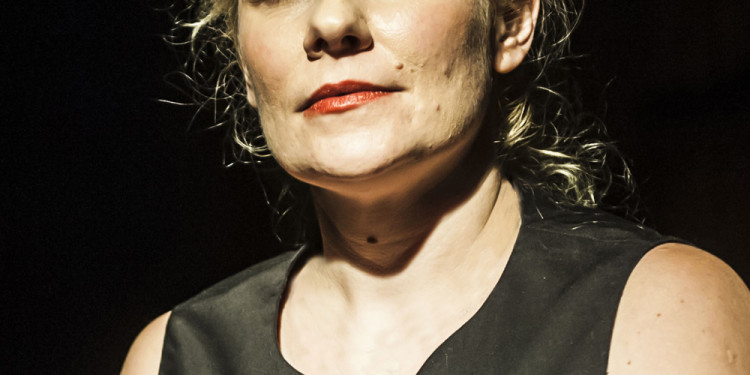
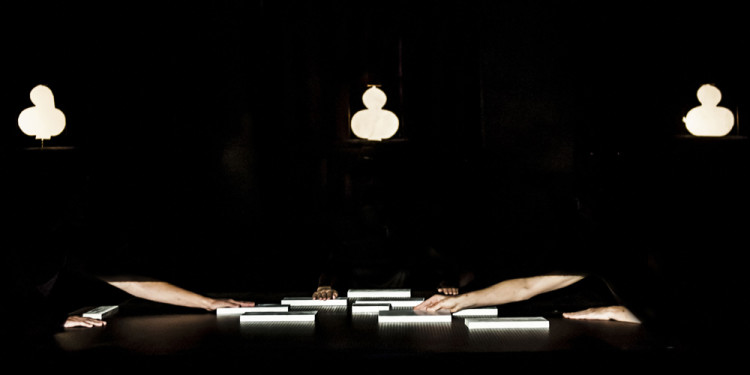
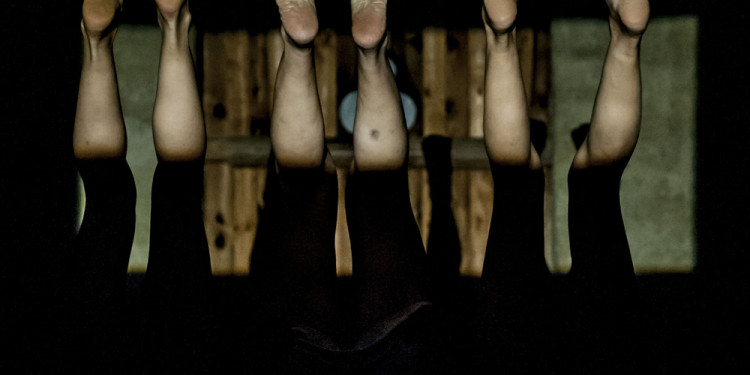
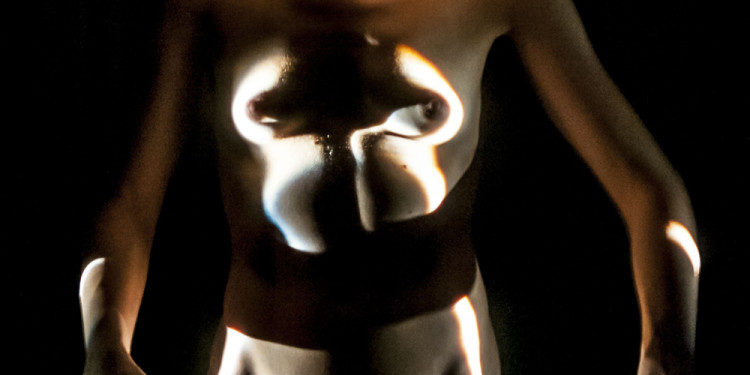
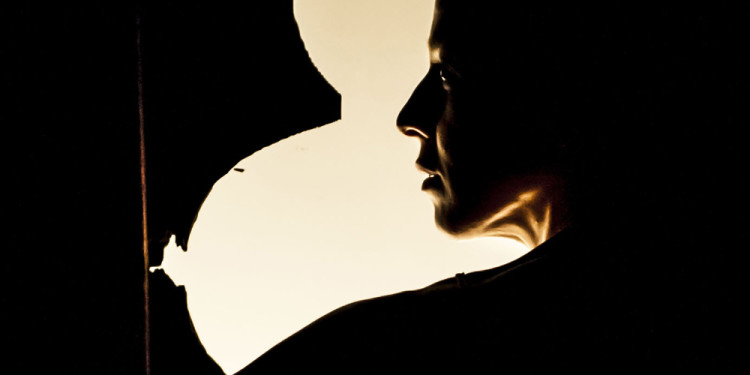
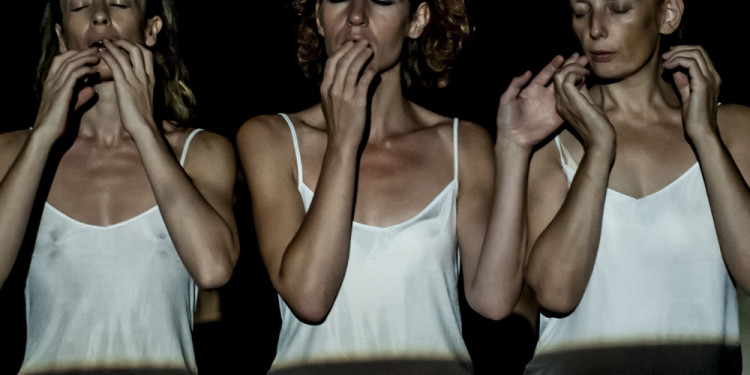
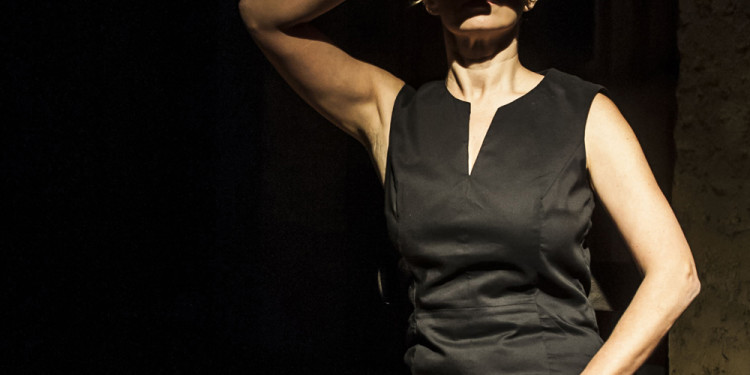
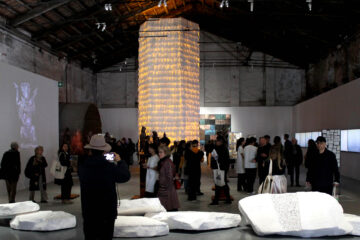
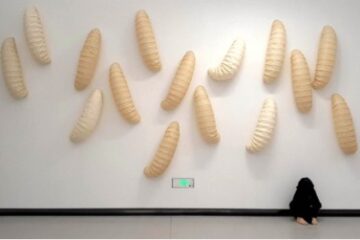
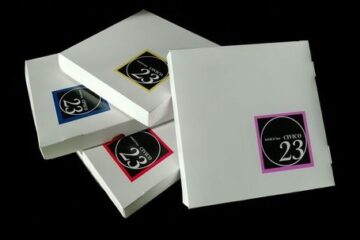
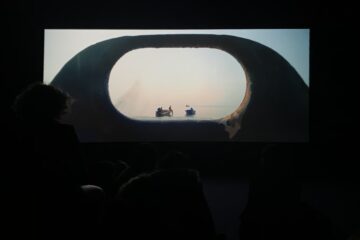
No Comment